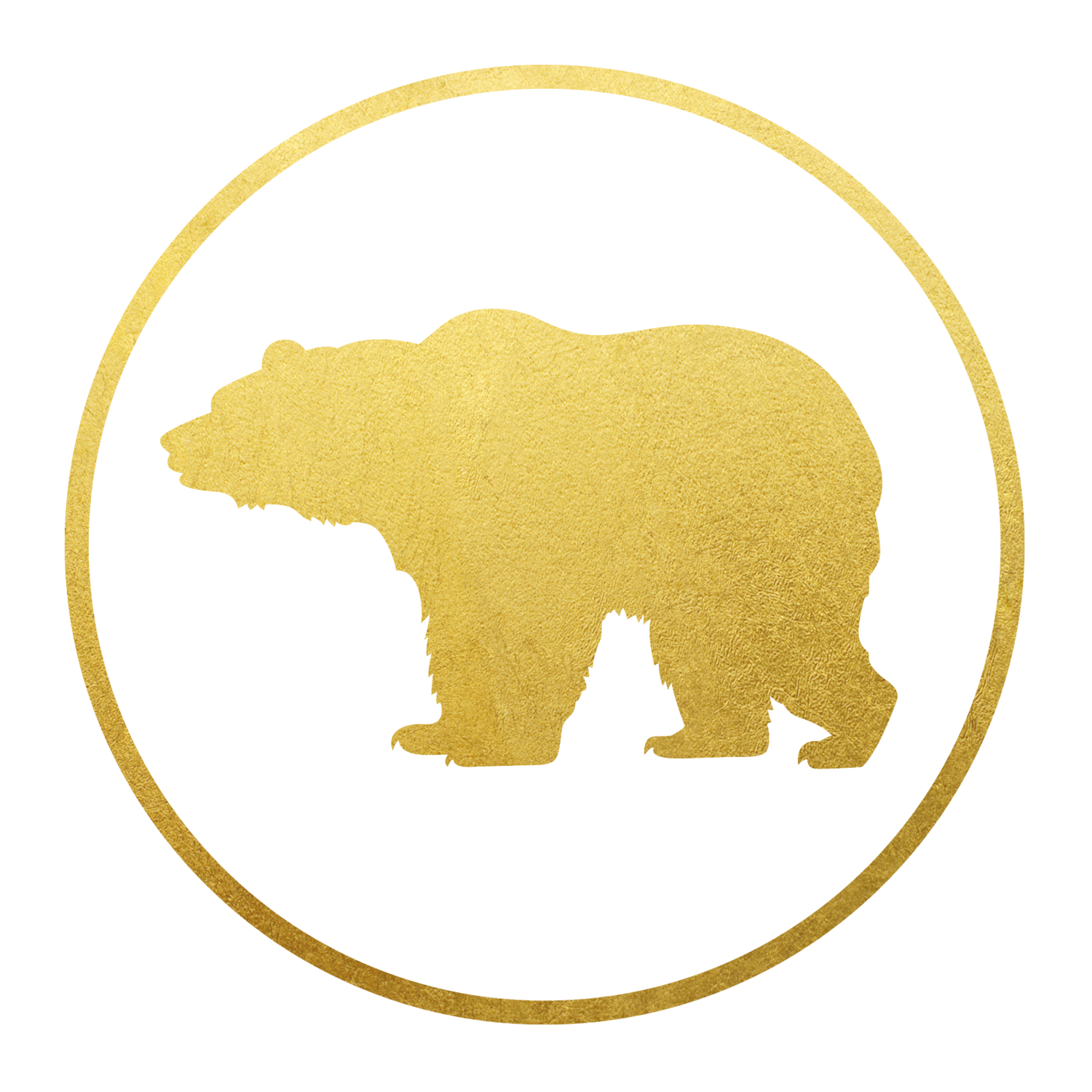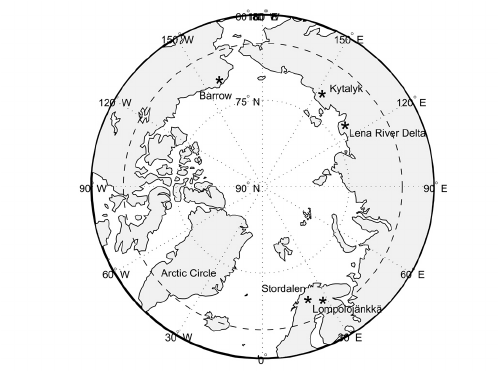NORTHERN IDENTITY AND SHAMANISM
Speech by Helena Karhu on Friday 10th of November 2023 at the World of the Shaman event in Frantsila, Hämeenkyrö, Finland
The name of this event is World of the Shaman, and we are here to experientially discover the different worlds of the shamans – those of the lower, middle and upper worlds – and worlds of this side and the other side. The worlds could also be the worlds of each other, as we all see world in different way, through the eyes of our own individual soul. However, as the individual shaman transcends in his or her practice, we might discover some universals, something that connects all of our worlds, and becomes OUR WORLD. Where all the human beings regardless of their spiritual practice, their ideas of nation states, all animals, birds, insects, plant relatives, rivers and lakes, stars, and sun and moon are all with us here as one world.
As the shaman experiences this world of belonging, there becomes natural peace and ease with things in the world. This happens even if, as adepts, many of us have the wounded healer within – our own processes of healing and becoming whole, as we journey through the pains and sufferings of human life, and especially how our mind is relating to those experiences. We can still find that peace and happiness.
The belonging to the world removes needs of control and power, and finally, it has the potential to stop all the wars and other harm doings in the world. Today, we accept, that we are not quite there yet with all the humanity, that the wars would stop immediately. We need to bring our own visionary world into practice and give our active contribution to the well-being of the human beings, nature conservation, and peace education. This is necessary for our own personal growth as well, our growth to fulfill our task in this world. We have come here to the World of the Shaman to activate each other, to support each other to this grounding and healing work. We are here also to find ways of cooperation and creativity, to support further practical solutions for our compassionate work for the world. I believe, that Angajoq and myself, strongly share this vision and aim in our work. And all of us?
Photo: Helena and Angajoq by the sacred tree. Photo by Sonja Saagaia.
We have come to this weekend to talk about what it means to be a shaman or a shamanic adept in the world today, especially here in the Northen hemisphere. To share how we have heard the call of the ancestral medicine and what it requires from us. Both Inuit of Kalaallit Nunaat and Finns – and further North our brothers and sisters of Sami - share the same religious colonial history of Christianization, where “those who know better” came with their ideals and laws of imperialism (in Greenland it was Denmark and in Finland it was Sweden) and changed our relationship to “those who know”. We must forgive this history together and enjoy the freedom we experience today to grow and bring our beauty to the world. Yes, a lot of discussions and “cats to the table” are to be lifted with the church, to be open, discussive, and honest about the cultural traumas, but we need to heal all bitterness and accept our past.
Today, our big gathering here, shows that many of us are practicing deep archeology of our spiritual identity, as we want to CONNECT.
Two Finnish archeologists, Vesa-Pekka Herva and Antti Lahelma have written a wonderful scientific book about Northern archeology and cosmology (2020). I share here what they have discovered about this topic. They have researched about shamanistic-animistic cosmologies here in circumpolar region, as we now meet here in the Sub-Arctic. In their book, they further explain the archeological findings on the land, waters, and sky, and how these connect to the lower, middle, and upper worlds. Herva and Lahelma (2020, 11) point into how culture and environment co-generate each other.
They write about the northern spirituality and magic, and how the magic is about connectedness and openness (p. 8): One needs to be open to connect in animistic way to the trees, rocks, waters, animals, stars, and even to each other. I find this so, that we need openness also to connect to our own potential beyond limiting mind or closed heart. They write also about artefacts with special spiritual powers that are symbols of that connectedness. An artefact such as a ring.
They write about the northern and shamanic way of experiencing magic.:
Magic enables ‘seeing’ reality and one’s place within it from a new angle, which can bring unconscious issues and anxieties to the surface and help to recognize patterns of connections and relationship with which one is enmeshed (Greenwood 2009: 111– 113).
There are fields of science and philosophy of science today which recognizes this interrelatedness that is familiar for shamans and adepts since time immemorial.
Here, the dualisms of inner and outer, us and them, and human- nature break apart.
WHAT CAN WE DO?
To honor our northern identity, here a few possibilities inspired by Mikita Valdur (2018):
· Set our lives into rhythm of nature. -> Trusting for example, how the weather or the moon cycle affects our natural being, and following that impulse of rest or action, or what kind of foods we need.
· Getting to know plants, birds, and animals better to know. For example, learn to identify mushrooms or bird songs.
· Find the place that is right for you. Allow yourself to be intimate with the land, ecosystem, and the nature family surrounding you.
· Return into gathering. Pick berries and mushrooms.
· Being in general outdoors as much as possible.
· Study old symbols in handcrafts and learn to make them for example in vocational schools (kansalaisopisto) or as private adepts of local masters (for example birch bark works, pahkatyöt, traditional shoe making etc.).
· Connect deeper to your own väki – to your own life energy – and study it through your own väki in other living beings of nature.
· Contemplate and connect, in which practical ways does the folklore and traditional knowledge lives in you?
· Contemplate on: How you understand your life through nature?
· Remember and give offerings to the relations that have already gone to the other side. We could also try to re-discover where are the old forests where our ancestors were buried in our ancestral sites.
· Honor your sensitivity towards nature and of your own nature.
· Finally, have sauna 😊
Mikita (2018, 43-44) writes further, that,
“in us, there still lives the spirits of our ancient ancestors, and so it is obvious, that when we speak about Estonian or Finnish culture, we speak always about that old and unique type of culture, which once extended in limitless, sparsely populated regions… Because we are missing the literary descriptions of earlier cultural layers (or we have forgot them over time), that “other world”, the alter ego of our culture, is only blurry, intuitive, and unspoken mix of traditions. But always present. Always. If someone just mentions it, we recognize it immediately.” “Our sense of culture is that of nature people (in Finnish: luonnonkansa), whose different states of consciousness are the source of creativity… For Finno-Ugric it is typical that the animistic-shamanistic states of consciousness have a starting point in a nature experience. The spiritual space gives a human being all that we need: the ability to sing, the language of the birds, and the snake charms (käärmeloitsut).” (s.135). .. “That person, who is able to the magical dialogue, changes everything into the story of creation.” (p. 136-137).
He writes (p. 103) how all cultures have folk dances, songs, literature, and ethnographic artefacts, but what is unique in our northern cultures, is our peculiar relationship with nature! It has roots in our animistic sense of belongingness, where we can speak and relate with trees. Where we can suddenly immerse ourselves as the currents of the river within us. When we can appreciate, that some specific kind of bird appears close to us, and we listen, does it try to tell us something? Or when we see squirrel hopping close by, do we remember each other?
Helena Karhu and Angajoq Nattoralissuaq
Mikita sees at two aspects of our being here in the North: The European and the ancient Northern (Ugric). He writes, how both the Finno-Ugric cultural identity is threatened in today’s world, but also the European (p. 55), so he writes that “Maybe only the abilities of shaman can help. Only the appearance of witches can make the sick continent healthy again!”
Mikita also mentions Greenland in his book (p. 64-65), as he contemplates how here in the North we relate to death and dying in different way than other parts of the world: He had heard about the customs of dying in Greenland. Because earth is frozen most time of the year, it can be a heavy duty to make the grave in the permafrost. When the earth is not frozen in the summer, the elder goes around all the homes and asks from the old hunters, who are thinking about dying that winter. Then they calculate the answers, and make the graves ready in the summer time. He writes, that they very seldom made any mistakes about the calculations!” He mentions this, as he contemplates the relationship to dying and the dead in the north. The ancestors and the ones who have passed walk with us, are with us, and our task is also to nurture this relationship by remembering, giving offerings, and sending love. He writes how we need to prepare well for our dying, and make it sacred, include rituals, and he asks that could it be, that “thought about dying clarifies a human being” (p. 65).
So, the Ancestors are within us, as we share what we experience and see in our worlds of the shaman. Finnish author Risto Kuulasmaa (2023, 437-438) writes, how “ The shamans of the future are already here with us and working with us. All the practitioners of different spiritual traditions and religions have now the time to come our of their caves of separation and make solutions for the themes that shape the future of humanity, and they need to do it together in cooperation with the indigenous nations… the future of the whole planet depends on you.”
I encourage all of us to make use of the best potential of this weekend - and further in this life time! - and to be open, compassionate, deeply listening, and respective to each other, as we have this incredible opportunity to share our visions. The next step is, that we are not only sharing our visions, but we find practical solutions to do something about them, and we need each other’s help to do so. Are you ready?
Photo: beautiful discussion over lunch in Frantsila’s blue room.
Sources:
Herva, Vesa-Pekka, and Antti Lahelma. 2020. Northern Archaeology and Cosmology : A Relational View. London ; Routledge.
Mikita, Valdur. 2018. Kantarellin kuuntelun taito : itämerensuomalaista maailmankuvaa etsimässä. Turku: Kustannusosakeyhtiö Sammakko.




